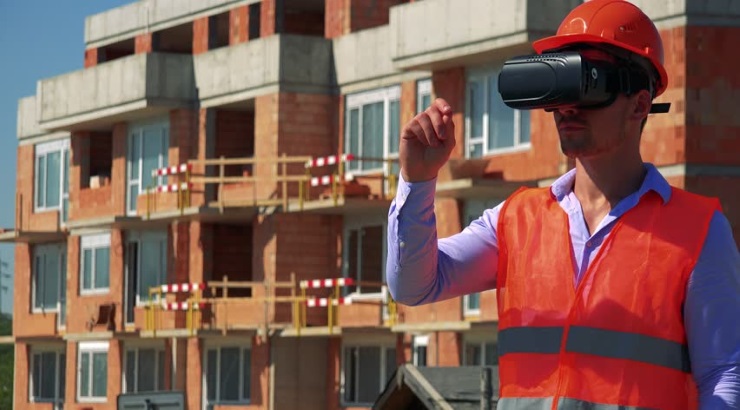Innovation
7 Powerful Construction Trends to Watch in 2025
Notable tech trends in the construction industry at the moment.

As buildings become more complicated, builders are increasingly turning to information technology to improve efficiency and safety, while slashing building timelines and costs.
This year, builders are expected to go big on technology –building on the technological successes of the past few years.
Here are 7 construction trends to watch in 2025:
1. Robotics
Robots are increasingly finding their way into construction sites – taking over tasks such as bricklaying, and window fitting, among other manual tasks. This is quite interesting considering that construction mostly relies on manual labour.
By adding robots to the workforce, builders are shortening construction timelines while improving the quality of buildings.
Robots are also finding their way into demolition sites. Despite being slow compared to human demolition squads, robots are safer and cheaper when it comes to demolition.
2. Virtual and augmented reality
Virtual reality is a technology that gives you a complete immersion experience that shuts out your physical world. On the other hand, augmented reality adds digital elements to your physical world – often using the camera on a smartphone.
The difference between the two technologies is that whereas virtual reality replaces your vision, augmented reality adds to it.
The two technologies, which are without doubt among the trends to watch in 2025, are already making a huge impact on the construction industry – helping construction teams to improve designs and arrest design mistakes.
RELATED: How Wearable Tech Can Transform Construction Sites
This year is likely to see virtual reality and augmented reality taking centre stage in the global construction industry as more builders embrace the technologies.
3. Exoskeletons
An exoskeleton is a hard covering found on the back of animals, mostly invertebrates such as arthropods. It helps to protect the animal’s body helping it to lift heavy loads.
Scientists have devised exoskeletons that are fitted on workers’ bodies to help them carry heavier loads than their bodies would normally cope with.
As one of the major construction trends of the moment, exoskeletons – if adopted widely – can help enhance construction site safety, while cutting costs by reducing the number of workers needed on-site.
The robotic exoskeleton market is expected to hit $1.8 billion in 2025, up from $68 million in 2014 on increased uptake of the technology. According to ABI Research, 2.6 million suits are expected to be sold in 2025, up from 6,000 suits this year.
4. Concrete 3D printing
This technology is proving a game changer for the construction industry by making it possible to 3D print an entire house in less than 24 hours. This has obvious labour and materials cost-cutting benefits over conventional building techniques.
The concrete 3D printing market is expected to hit $40.2 billion in 2027, as more companies test the technology to create new products. However, the technology is still in its infancy and thus bound by early-stage limitations.
5. Modular and prefab construction
These technologies are not new to the construction industry as they date back to the 1940s when war-torn cities turned to prefab techniques to replace damaged buildings.
While the technology fizzled out after the Second World War, prefabs have been making a comeback over the past few years as governments seek to quickly assemble low-cost but high-quality buildings to tackle alleged housing crises around the world.
Investors are equally turning to modular house building to quickly put up factories and other key installations for their businesses.
Thanks to advances in design and construction, more and more components can now be manufactured off-site. This means a building can be built more quickly and quietly, with less material waste.
6. Building Information Modelling
This 3D model-based process by BIM allows for a project to be built virtually before it’s built physically. The technology has been adopted by architects, engineers, quantity surveyors, and other builders seeking to visualize what a proposed structure would be in the end.
BIM is today’s norm for many governments across the world, which can enable better planning, design, construction, and management of buildings and infrastructures. It also helps stakeholders plan better for space and facilities management as well.
7. Sustainable design
As the world seeks to reverse climate change, a lot of builders have now turned to sustainable building. As building regulations seek to push builders to reduce their impact on the environment, sustainability will rank among the top construction trends in 2025.
Energy efficiency and low carbon emission will continue to have an effect on innovations in design and construction for this and many years to come.














